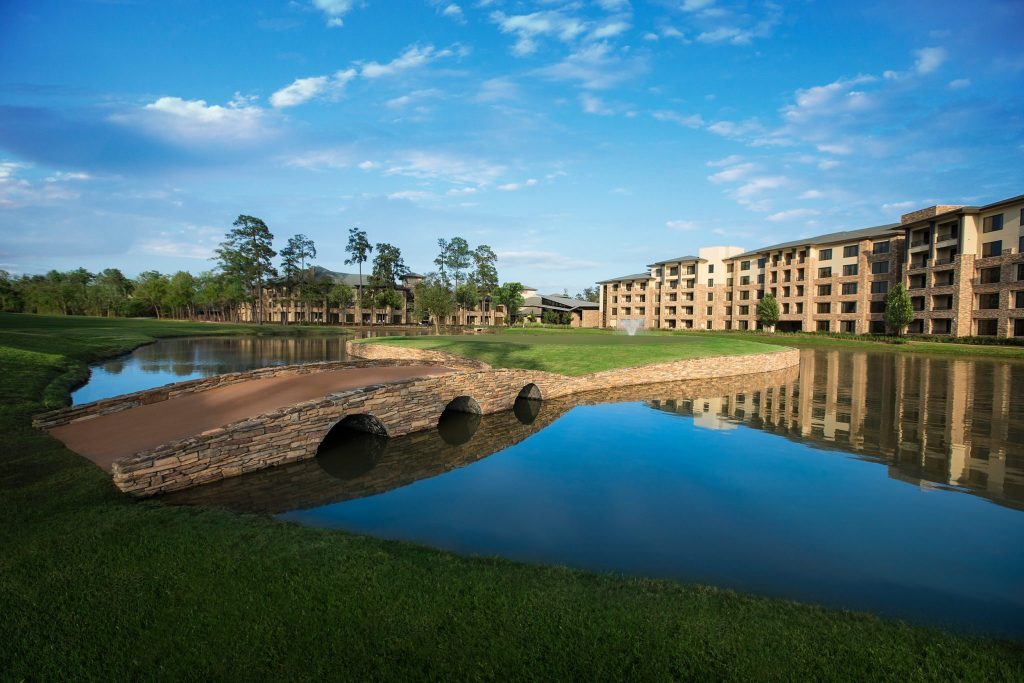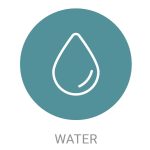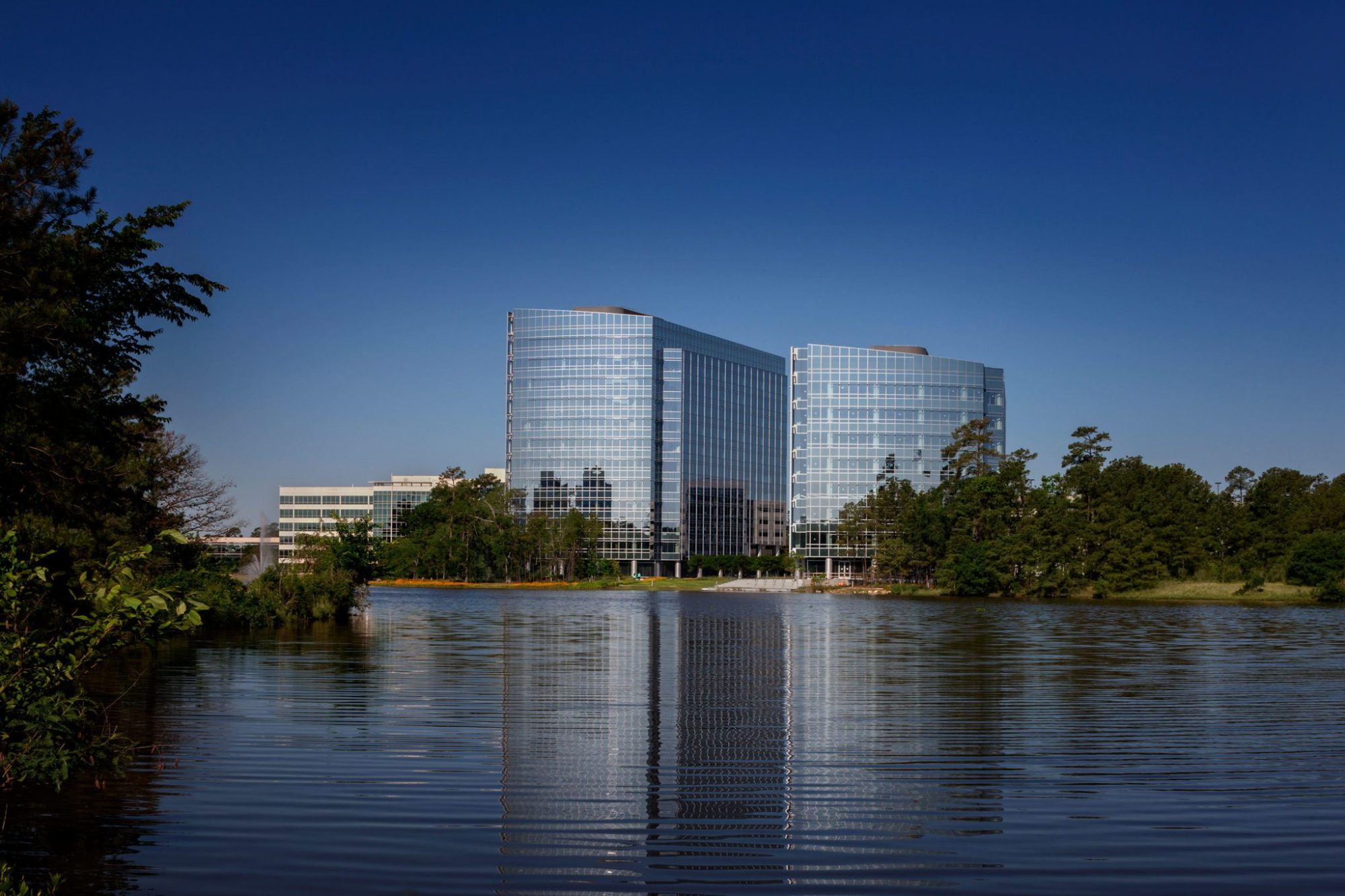“While tap water that meets federal and state standards is generally safe to drink, threats to drinking water are increasing. Short-term disease outbreaks and water restrictions during droughts have demonstrated that we can no longer take our drinking water for granted.”
– Environmental Protection Agency (EPA), Water on Tap What You Need to Know

Harnessing clean water has been a major determinant in the success and failure of civilizations over the course of history. Civilizations that built successful water distribution systems have thrived, while those that failed, fell.
In today’s world, accessing clean and healthy water is as simple as turning on a faucet, right? Not exactly. Globally, 1 in 3 people do not have access to safe drinking water. And the 2 of us who are lucky enough to have access to safe water still have concerns about the quality and quantity of water we are consuming, as well as the implications on our health.
As demonstrated by events such as the Flint, MI Water Crisis, failure in aging distribution systems can cause disease and fatalities by leaching toxins, such as lead, into our drinking water, or by not properly removing pathogens. Improper pathogen removal in Flint’s water supply alone caused the third-largest outbreak of Legionnaires’ disease recorded in U.S. history. Moreover, extra chlorine was added to the water supply to correct the issue, which resulted in higher levels of the cancer-causing chemicals trihalomethanes (THMs) and haloacetic acids (HAAs).
Are you currently aware of what is in the water you drink? Do you know how much water you are drinking, or should be drinking, on a typical day? Whether you are aware or not, the buildings we frequently occupy can play a significant role in promoting healthy quantities and quality of water consumption in our day-to-day lives.

Health and Well-Being in the Built Environment, Concept 2: Water
Issue: Water treatment and distribution systems can provide us with clean water; however, they are also potential sources of contamination. Contaminants like lead, arsenic, glyphosate, atrazine, and microbes have potential to be introduced into water, posing serious health threats. The two main components of water consumption as they relate to health are the quality and quantity of water we consume.
Health Implications: Consumption of both the quality and quantity of water we drink influences how our body transports nutrients, eliminates waste, lubricates joints, and regulates internal body temperature. Consumption of poor-quality water can cause sicknesses such as lead poisoning, diarrhea, cholera, typhoid, dysentery, and legionnaires’ disease. Lack of hydration is associated with higher rates of obesity, while drinking recommended amounts of clean water is associated with improved mental physical performance, preventing and treating headaches, relieving constipation, and helping with weight loss.
Solutions: Providing quality control to the water provided to building occupants and promoting healthy drinking habits by utilizing design techniques that encourage occupants to consume more water. The U.S. Institute of Medicine recommends the consumption of 2.7L of water per day for women and 3.7L for men.
WELL v2 Standard’s Recommended Strategies:
- Verifying water quality through performance testing
- Meeting set thresholds for sediments, microorganisms, dissolved metals, organic pollutants, disinfectant byproducts, herbicides, pesticides, fertilizers, and public water additives
- Monitoring fundamental water quality and contaminant parameters no less than once per year
- Establishing a management program that prevents or adequately controls the risk of exposure to Legionella bacteria
- Promoting water consumption by improving the taste of drinking water – meeting set thresholds for Aluminum, Chloride, Fluoride, Manganese, Sodium, Sulfate, Iron, Zinc, and total dissolved solids
- Providing water quality consistency by filtering drinking water with UV disinfectant systems, particle filtration, and/or a device rated by NSF/ANSI Standard 53 or 58 for copper or lead reduction
- Testing water quality quarterly and making results easily accessible to occupants, such as with visual displays located near sources of drinking water
- Limiting potential for bacteria and mold growth within buildings from water infiltration by managing exterior water, isolating moisture sensitive materials, and managing interior water leaks
- Promoting proper handwashing habits to reduce pathogen transmission associated with washing and drying hands
- Conserving water through onsite non-potable water systems safely, without compromising the health of the building occupants
- Promoting healthy drinking habits by placing at least one water dispenser within 100ft of all regularly occupied floor area in all dining areas and installing water bottle-refilling stations in all newly installed water fountains
Summary
As humans, we can’t survive more than a few days without water. Our bodies are constantly losing water as we sweat, go to the bathroom, and exhale. To stay healthy, we need to constantly replenish our bodies with clean healthy water. Without enough water, our bodies will become dehydrated. Without quality water, our bodies will be put under increased stress to remove harmful toxins or pathogens.
Although we consume significant amounts of water every day, we are typically unaware of the quality of water we are drinking, and the health impacts associated with this consumption. By monitoring our water quality and designing spaces to promote healthy consumption in terms of both quality and quantity of water, we can improve the health, well-being, and quality of life for ourselves, our families, and our society.
Hero image at top of page:
Research Forest Lakeside Development | Ziegler Cooper Architects | The Woodlands, Texas

